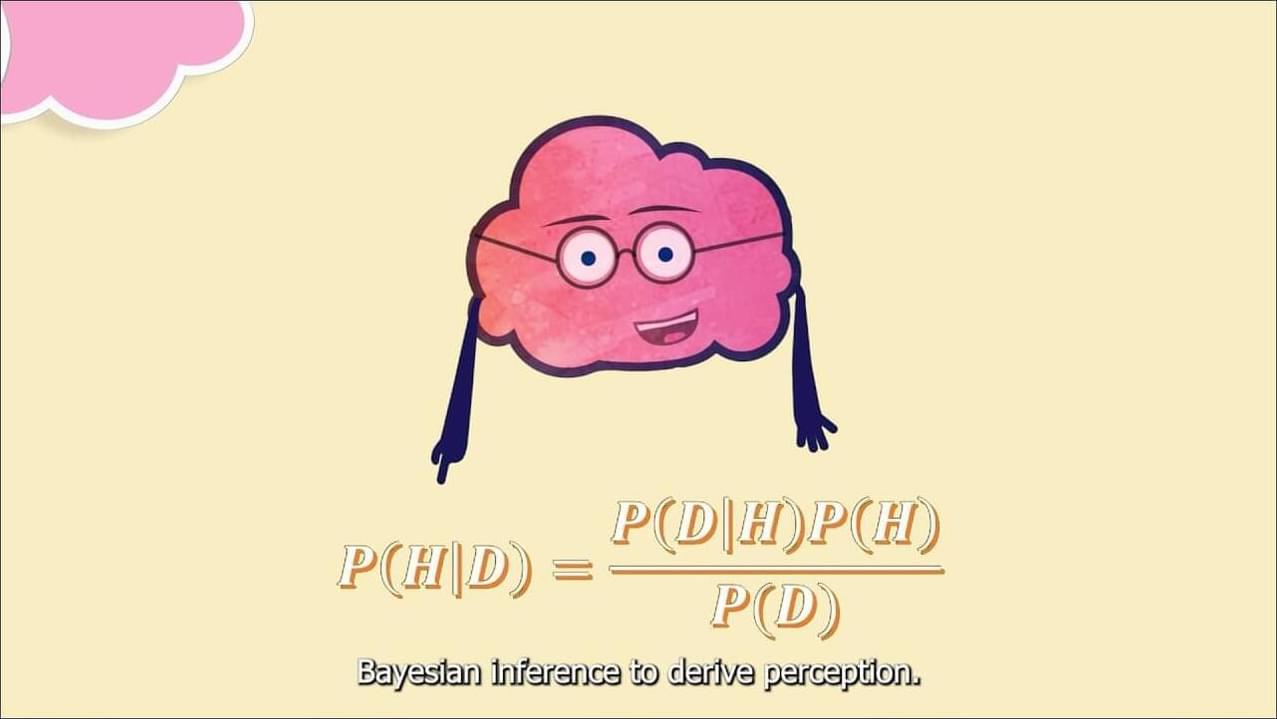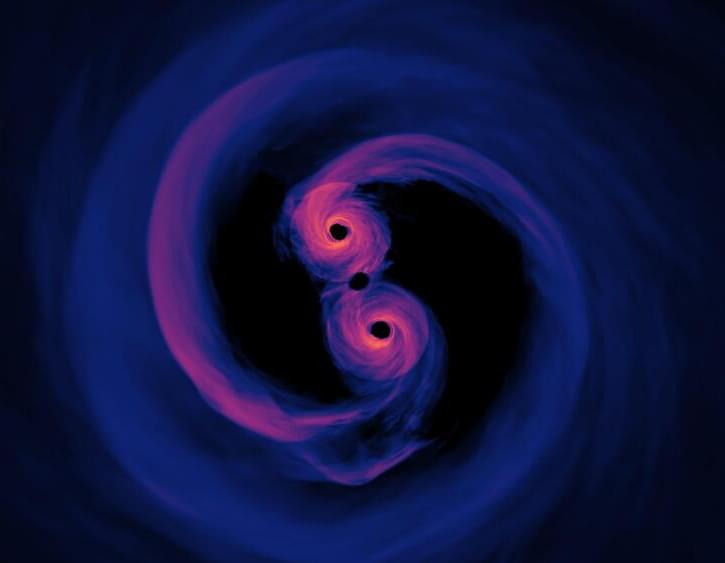Page 464
Jul 23, 2024
Immune molecule alters cellular makeup of human brain organoids
Posted by Dan Breeden in category: neuroscience

The changes may help explain the link between maternal infection and autism, though more research is needed.
Read the article: https://www.thetransmitter.org/organo…
Continue reading “Immune molecule alters cellular makeup of human brain organoids” »
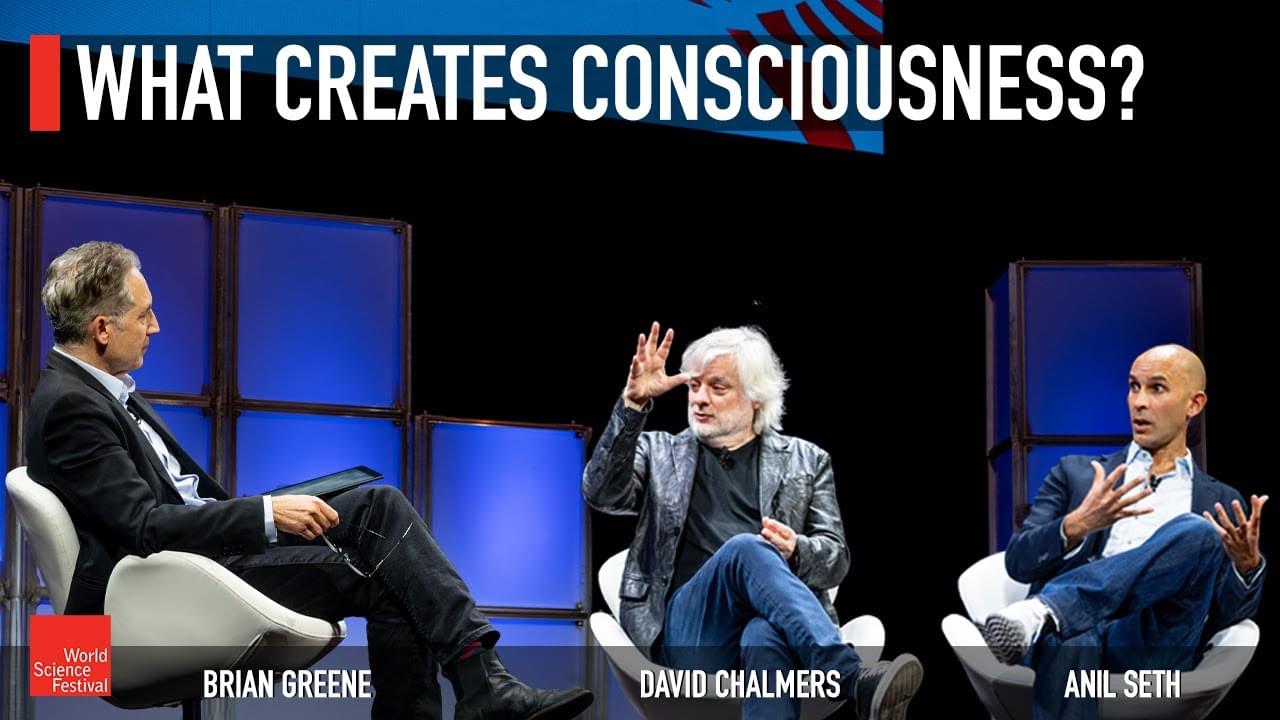
Renowned researchers David Chalmers and Anil Seth join Brian Greene to explore how far science and philosophy have gone toward explaining the greatest of all mysteries, consciousness–and whether artificially intelligent systems may one day possess it.
This program is part of the Big Ideas series, supported by the John Templeton Foundation.
Jul 23, 2024
Neil deGrasse Tyson and Sean Carroll Discuss Controversies in Quantum Mechanics
Posted by Dan Breeden in categories: cosmology, internet, neuroscience, particle physics, quantum physics
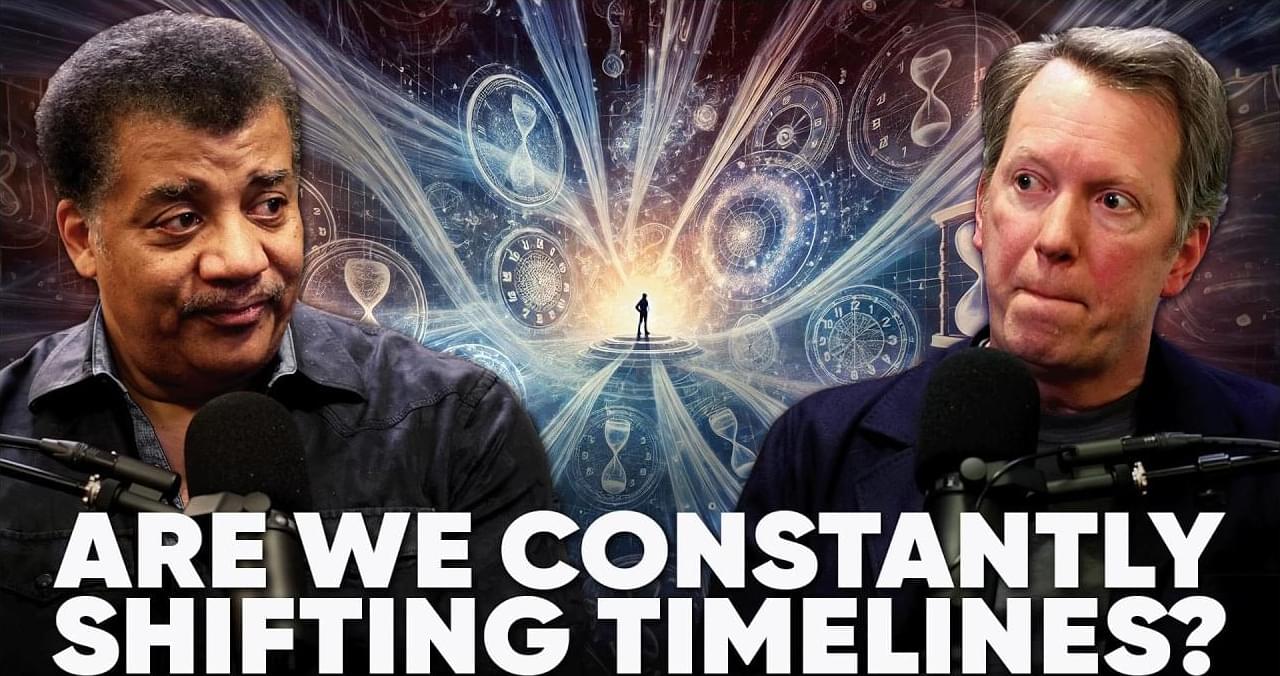
What is the nature of quantum physics? Neil deGrasse Tyson and comedian Chuck Nice get quantum, exploring Schrodinger’s Cat, electrons, Hilbert Space, and the biggest ideas in the universe (in the smallest particles) with theoretical physicist Sean Carroll.
When did the idea of fields originate? Are fields even real or are they just mathematically convenient? We explore electrons, whether they are a field, and whether they exist at all. We also discuss the wave function, Hilbert Space, and what quantum mechanics really is. Do superpositions always exist?
Continue reading “Neil deGrasse Tyson and Sean Carroll Discuss Controversies in Quantum Mechanics” »
Jul 23, 2024
Conscious AI Is the Second-Scariest Kind
Posted by Dan Breeden in categories: existential risks, robotics/AI
Jul 23, 2024
Unlocking the Future: The Dawn of Artificial General Intelligence?
Posted by Dan Breeden in categories: innovation, robotics/AI

Imagine a world where machines not only understand our words, but grasp the nuances of our emotions, anticipate our needs, and even surpass our own intelligence. This is the dream, and perhaps the near reality, of Artificial General Intelligence (AGI).
For many years, the idea of achieving AGI (Artificial General Intelligence) has only existed in the realm of science fiction. It’s been seen as a futuristic utopia where machines can seamlessly integrate into our lives. However, this perception is changing. Advances in AI technology are blurring the lines between fiction and reality, leading to both excitement and apprehension regarding its potential impact on society.
Continue reading “Unlocking the Future: The Dawn of Artificial General Intelligence?” »
Jul 23, 2024
Discovery in Omega Centauri: The Missing Link to Massive Black Hole Formation
Posted by Dan Breeden in categories: cosmology, evolution
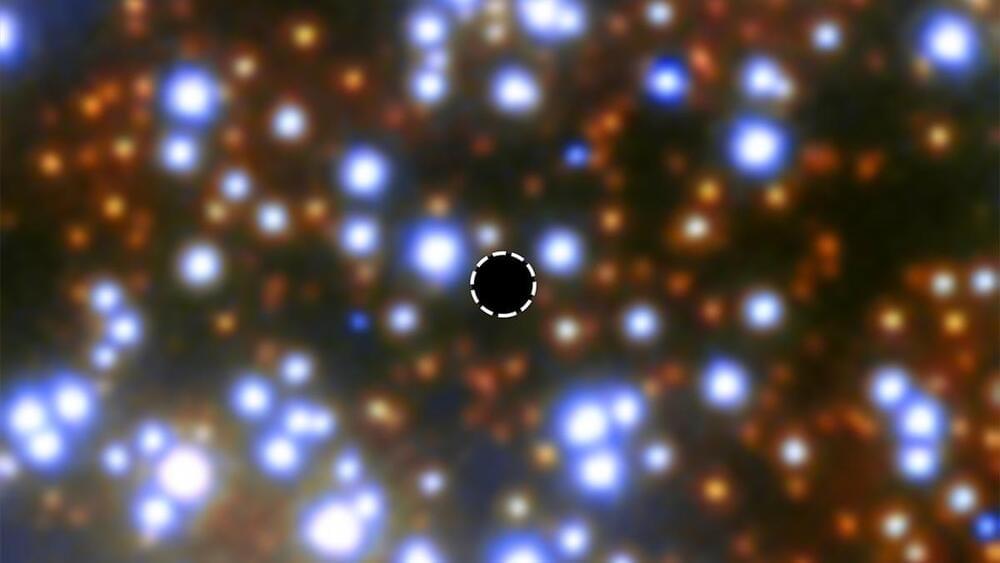
The discovery is the best candidate for a class of black holes astronomers have long believed to exist but have never found—intermediate-mass black holes formed in early stages of galaxy evolution.
Visible to the naked eye as a smudge in the night sky from Southern latitudes, Omega Centauri is a magnificent collection of 10 million stars. Viewed through a small telescope, it resembles other globular clusters —a densely packed spherical assembly of stars where the core is so congested that individual stars blur into one another.
Continue reading “Discovery in Omega Centauri: The Missing Link to Massive Black Hole Formation” »
Jul 23, 2024
Astrophysicists uncover supermassive black hole/dark matter connection in solving the ‘final parsec problem’
Posted by Cecile G. Tamura in categories: cosmology, particle physics
Dark matter could bring black holes together.
Dark matter that interacts with itself could extract significant momentum from a binary supermassive black hole system, causing the black holes to merge.
A gravitational-wave “hum” pervades the Universe.
Jul 23, 2024
2001: Creating Kubrick’s Space Odyssey
Posted by Chris Smedley in categories: alien life, entertainment
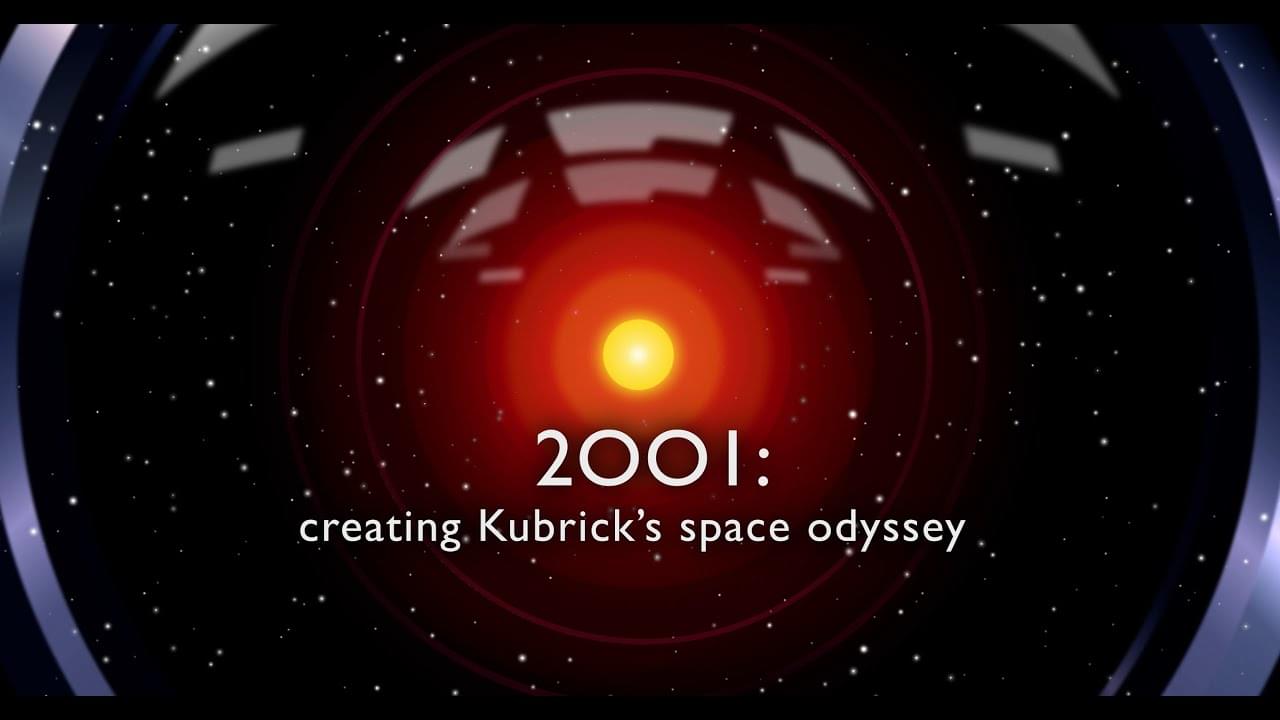
2001: CREATING KUBRICK’S SPACE ODYSSEY chronicles the creation of one of the most influential films in the history of cinema. This new documentary examines the work of legendary director Stanley Kubrick and iconic novelist Arthur C. Clarke in creating what they called “the proverbial good science fiction movie.” Filmmaker Roger Lay, Jr. tackles the enigmatic film through interviews with 2001 star Keir Dullea (who played astronaut Dave Bowman) and choreographer Dan Richter (who played Moonwatcher, the proto-human ape who learned to use the first tool). Both provide personal insights into their work on the groundbreaking film.
Other interviews include 2001 visual effects technician Brian Johnson (Academy Award winner for Alien and Star Wars: The Empire Strikes Back), film historian Michael Benson (author of Space Odyssey: Kubrick, Clarke, and the Making of a Masterpiece), and technologist Jules Urbach (CEO of OTOY). They discuss not only the revolutionary visual effects of the Kubrick film, but also the movie’s enduring influence.
Jul 23, 2024
The experimental observation of a dissipative time crystal in a Rydberg gas
Posted by Shailesh Prasad in category: energy
A dissipative time crystal is a phase of matter characterized by periodic oscillations over time, while a system is dissipating energy. In contrast with conventional time crystals, which can also occur in closed systems with no energy loss, dissipative time crystals are observed in open systems with energy freely flowing in and out of them.
